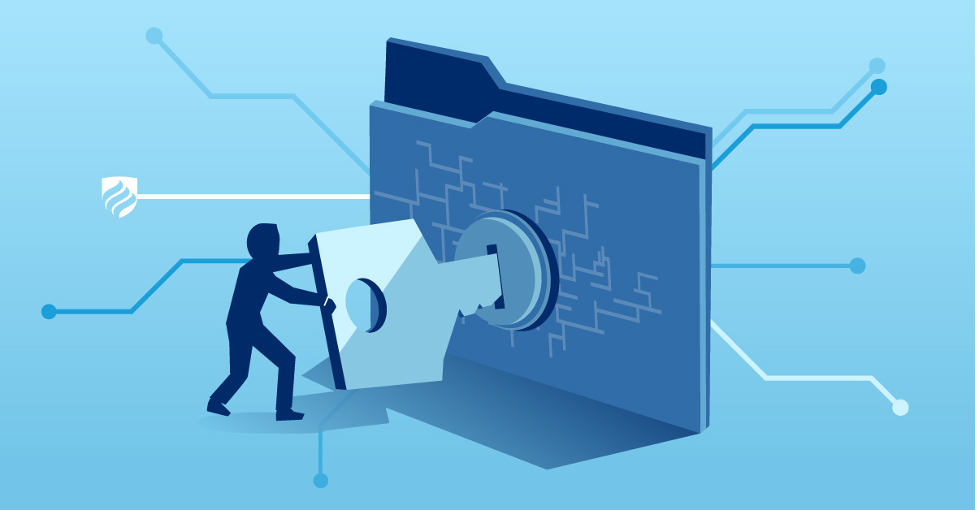When it comes to managing cybersecurity in your personal life, business, or as a cyber-security professional, there are many approaches you can take and many tools and systems that you can use. Out of all of these, two of the most commonly misunderstood practices are digital forensics and threat hunting. Let's look at both individually to examine what they are all about and which is best for your particular need.
Digital Forensics
As the name implies, this is an approach taken up by cybersecurity experts once they are sure that some form of cyberattack has happened or become aware of any Indicator of Compromise (IoC). For this reason, this is an approach that is part of the incident response plan, making it a reactive approach.
The job of the digital forensics expert is to gather as much information as possible to reconstruct the situation and analyze what actually happened. They might need all kinds of information to understand how the attack took place. In order to understand this, some of the most important things to take note of include: how the attacker got access to the system, what they were looking for, what the extent of the damage is, where the attackers wandered after the attack.
This gives us a clear outline of what the attack was all about and also a little bit about why the attack happened. With this information at hand, companies and individuals can reassess their cybersecurity measures and reevaluate how they should be managing digital security. While this may sound simple for small networks and single-member companies, as you scale up and the number of people and systems involved increases, these basic things can be extremely difficult to uncover.
Threat Hunting
Threat hunting is right on the other end of the pendulum, it is a highly proactive approach in which the digital security expert is already on the lookout, watching for everything that is taking place so as to be able to preempt an attack.
Cybersecurity experts go forward with scanning the entire system or the network to look for any signs of an attack. Generally, the security expert is relying on their existing knowledge to sift through the system and see if they find something familiar. Things get more complex when you factor in the idea that several types of attacks can look similar on the surface and the system will show very similar symptoms for very different problems.
When a security expert is threat hunting, they are ideally looking for the actual software or traces within the system, indicating something wrong. However, this is different from matchmaking because one isn't looking for the exact traces of a specific type of digital attack, but they are looking at the system as a whole and trying to see if they can find any problems. While, matchmaking is looking for that exact problem, given that you know how to look and what to look for.
Threat hunting experts will use a variety of different tools and services such as tactics, techniques, and procedures, to find the problem. However, considering how attacks are evolving and continuously improving how well they can stay hidden, threat hunting is becoming less effective. There are still several problems that can be uprooted through extensive threat detecting, but overall it is getting a lot more difficult.
Overall, the strategy that you choose will depend on what your end goal is. Are you looking to tweak your current digital defense strategy and improve the kind of protective assets that you deploy? or are you looking for a solution that will help you save yourself from a specific problem?. There is no better approach, it’s all about what fits your needs.



 714-333-9620
714-333-9620